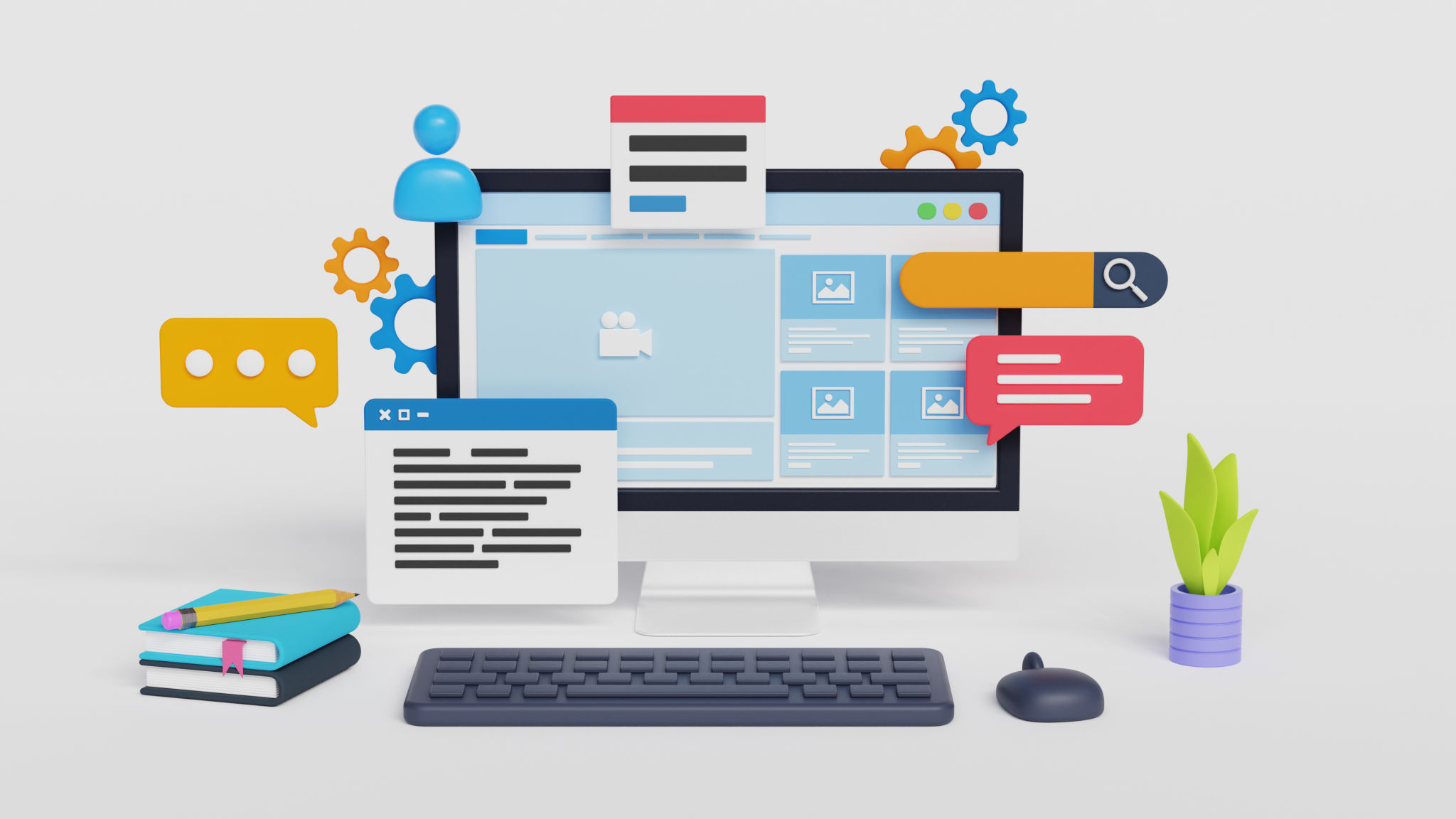A Step-by-Step Guide to Creating Your First Web Application
Introduction to Web Application Development
Creating your first web application can be an exciting and rewarding experience. With the right guidance, even beginners can build a functional and impressive application. This step-by-step guide is designed to walk you through the process, from planning your application to deploying it online.
Before diving into coding, it's crucial to understand the basics of web applications. A web application is a software program that runs on a web server and can be accessed through a web browser. These applications are designed to perform specific tasks, such as managing data, processing transactions, or providing interactive content.

Planning Your Web Application
The first step in creating a web application is planning. This involves defining the purpose of your application, identifying the target audience, and outlining the features you want to include. A well-thought-out plan will serve as a roadmap for your development process and help you stay organized.
Consider creating wireframes or mockups of your application's user interface. These visual representations will give you a clear idea of how your application will look and function. Additionally, they can be useful when communicating with team members or stakeholders.

Choosing the Right Technology Stack
Selecting the right technology stack is essential for building a successful web application. The technology stack consists of the programming languages, frameworks, and tools you'll use to develop your application. Popular options for web development include HTML, CSS, JavaScript, and frameworks like React, Angular, or Vue.js for the front-end, and Node.js, Django, or Ruby on Rails for the back-end.
Consider factors such as scalability, community support, and ease of use when choosing your stack. It's also important to ensure that your chosen technologies are compatible with one another and meet the specific needs of your project.
Developing Your Web Application
With your plan and technology stack in place, it's time to start developing your web application. Begin by setting up your development environment and writing the basic structure of your application. This typically involves creating HTML files for your application's layout and using CSS for styling.
Next, focus on implementing the core functionality of your application. This may involve writing JavaScript code to handle user interactions or integrating APIs for additional features. Be sure to regularly test your application during development to identify and fix any issues early on.

Testing and Debugging
Testing is a critical step in the development process that ensures your web application functions correctly and provides a good user experience. Conduct both manual testing and automated testing to catch any bugs or performance issues.
Common testing tools include Selenium for automated testing of web applications and Jest for testing JavaScript code. Additionally, consider performing usability testing with real users to gather feedback on your application's design and functionality.
Deploying Your Web Application
Once you're satisfied with your application's performance and functionality, it's time to deploy it online. Deployment involves transferring your application files to a web server so that users can access it via the internet. Popular hosting services include AWS, Heroku, and Netlify.
During deployment, ensure that your application is secure and optimized for performance. Implement security measures such as HTTPS and data encryption, and consider using content delivery networks (CDNs) to improve load times for users around the world.

Maintaining and Updating Your Application
Building a web application is an ongoing process that doesn't end with deployment. Regular maintenance is necessary to keep your application running smoothly and to address any security vulnerabilities or bugs that may arise.
Additionally, consider gathering user feedback to identify areas for improvement or new features to add. Keeping your application up-to-date with the latest technologies and trends will ensure it remains relevant and competitive in the ever-evolving digital landscape.
